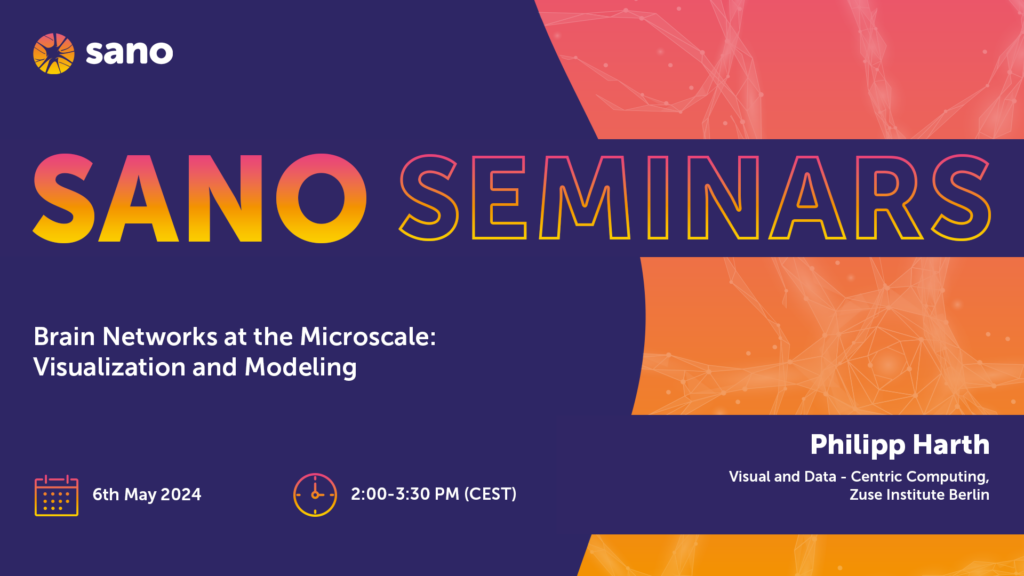132. Brain Networks at the Microscale: Visualization and Modeling
Philipp Harth – Visual and Data-Centric Computing, Zuse Institute Berlin
Abstract
In computational neuroscience, specifically connectomics, building digital models of microscopic neural circuits has become an indispensable tool for analyzing both the structural and functional characteristics of brain networks. This is illustrated by an anatomically detailed model of the rat barrel cortex, which has been successfully used to study structural organization principles and functional mechanisms in cortical networks. An exciting development in the field of connectomics is the increasing availability of large-scale electron microscopy-based reconstructions of neural tissue at ultrastructural resolution which could increase the accuracy of brain network models and lead to new biological insights. While scientific workflows in connectomics are highly data-driven, interactive exploratory analysis, visual inspection, and human intuition are still essential for deriving explanatory insights from large connectome datasets. A particular focus of this talk will therefore be the role of visualization as a powerful technique for researchers to validate, explore, and better understand their data and models.
About
Philipp Harth is a research associate at the Visual and Data-Centric Computing department at Zuse Institute Berlin, where he is developing visual analysis tools for connectome research. In his PhD project, Philipp is currently working on computational network models that aim to predict connectivity under different assumptions of synaptic wiring specificity. He holds a Master’s degree in Applied Computer Science from Heidelberg University. Prior to joining Zuse Institute, he worked as a software developer at Carl Zeiss and Charité – Universitätsmedizin Berlin.


